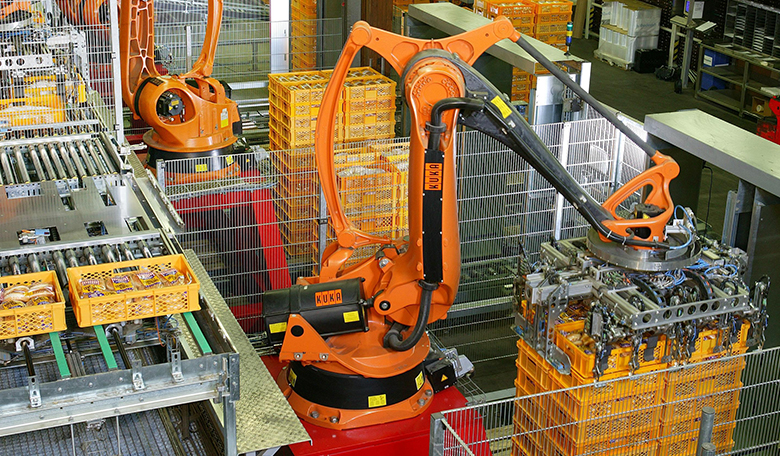34 Introduction
Figure 21.1 Out of Business Borders was one of the many companies unable to recover from the 2008-2009 economic recession. (Credit: modification of “Factory Automation Robotics Palettizing Bread” by KUKA Roboter GmbH/Wikimedia Commons, Public Domain)
Learning Objectives
In this chapter, you will learn about:
- How Economists Define and Compute Unemployment Rate
- Patterns of Unemployment
- What Causes Changes in Unemployment over the Short Run
- What Causes Changes in Unemployment over the Long Run
Introduction to Unemployment – The Problem
Unemployment can be a terrible and wrenching life experience—like a serious automobile accident or a messy divorce—whose consequences only someone who has gone through it can fully understand. For unemployed individuals and their families, there is the day-to-day financial stress of not knowing from where the next paycheck is coming. There are painful adjustments, like watching your savings account dwindle, selling a car and buying a cheaper one, or moving to a less expensive place to live. Even when the unemployed person finds a new job, it may pay less than the previous one. For many people, their job is an important part of their self worth. When unemployment separates people from the workforce, it can affect family relationships as well as mental and physical health.
The human costs of unemployment alone would justify making a low level of unemployment an important public policy priority. However, unemployment also includes economic costs to the broader society. When millions of unemployed but willing workers cannot find jobs, economic resource are unused. An economy with high unemployment is like a company operating with a functional but unused factory. The opportunity cost of unemployment is the output that the unemployed workers could have produced.
This chapter will discuss how economists define and compute the unemployment rate. It will examine the patterns of unemployment over time, for the U.S. economy as a whole, for different demographic groups in the U.S. economy, and for other countries. It will then consider an economic explanation for unemployment, and how it explains the patterns of unemployment and suggests public policies for reducing it.
Access for free at https://openstax.org/books/principles-economics-3e


